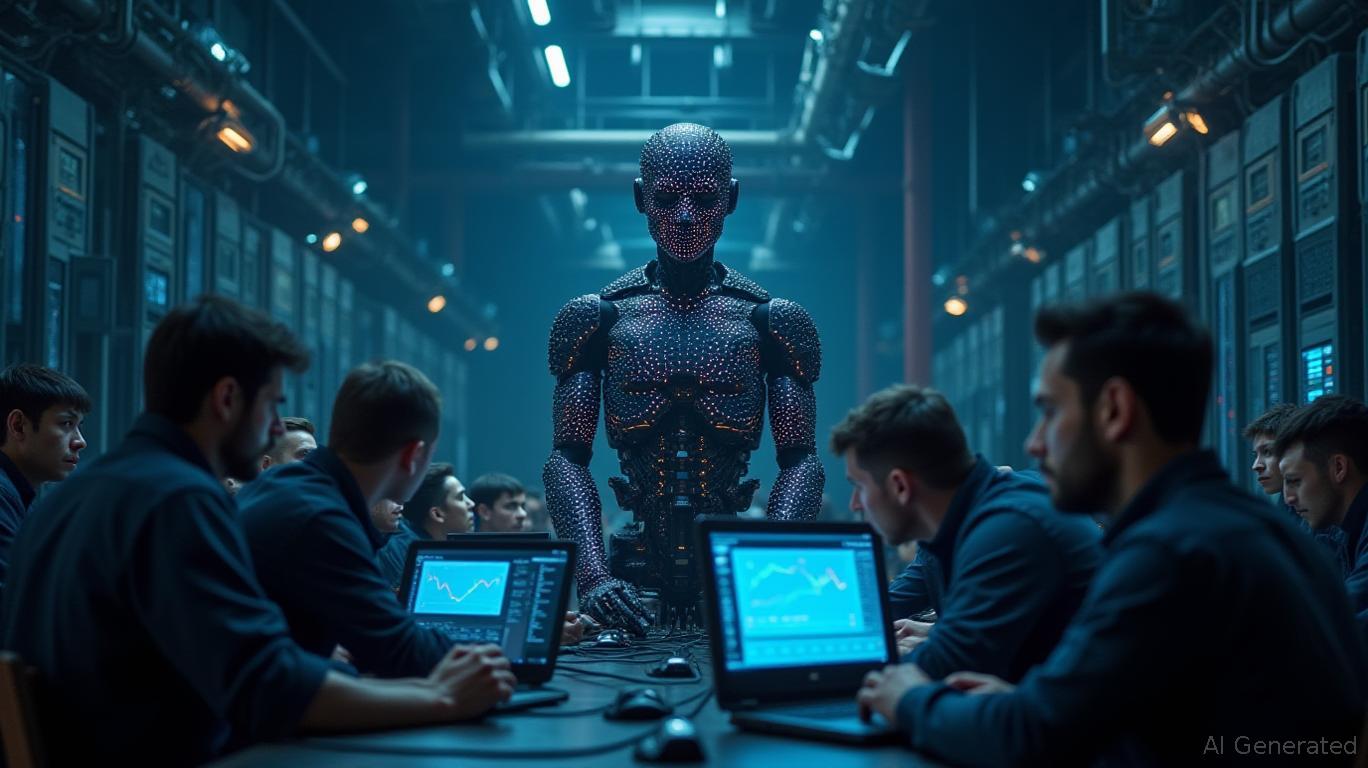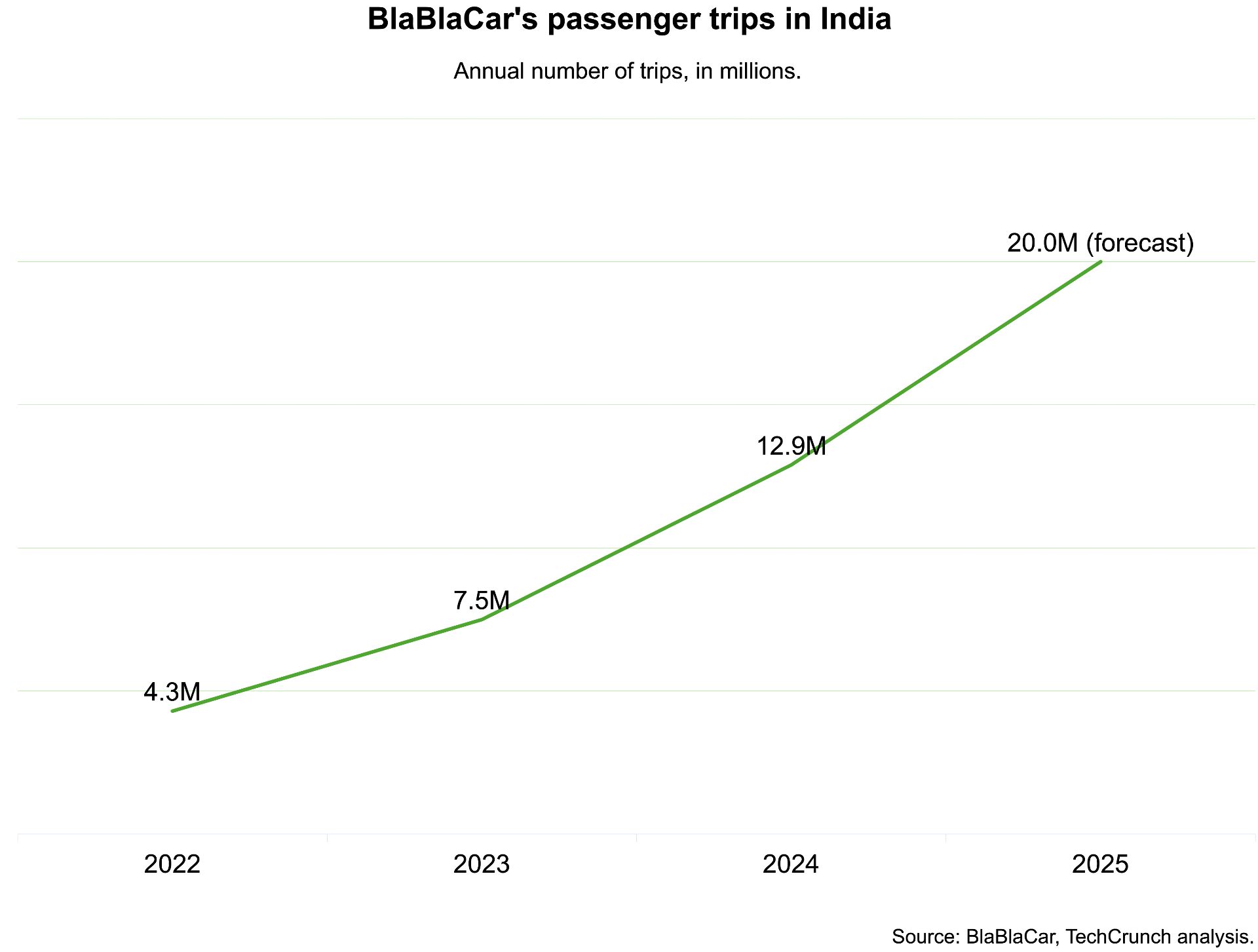Bitcoin Updates: Miners' AI Investments Fueled by Debt Could Trigger a Downturn Similar to 2022
- Bitcoin miners are leveraging $12.7B in debt to expand into AI/HPC, doubling down post-2024 halving as mining rewards halved to 3.125 BTC per block. - TeraWulf's $3.2B bond and IREN/CleanSpark's $1.3B raises highlight aggressive infrastructure upgrades, with AI contracts offering "predictable cash flows" against crypto volatility. - Risks escalate as TerraWulf's $250M annual interest exceeds 2024 revenue, echoing 2022's Core Scientific bankruptcy triggered by overleveraged hardware seizures. - Investors
Bitcoin mining companies are engaged in a fierce competition for supremacy following the 2024 halving, with many turning to debt-financed growth in artificial intelligence (AI) and high-performance computing (HPC) to transform the sector. Over the past year, the industry's total debt has soared from $2.1 billion to $12.7 billion, according to
The rapid accumulation of debt is largely due to miners upgrading their facilities and seeking to benefit from the booming AI sector. Companies such as

Nevertheless, this approach comes with considerable risks. TeraWulf’s latest debt carries a 7.75% interest rate, resulting in $250 million in yearly interest payments—far surpassing its 2024 revenue of $140 million, as noted in the CoinCentral analysis. The rising cost of borrowing, combined with execution challenges, has sparked doubts about long-term viability. The MinerMag cautions that while diversifying into AI and HPC reduces some crypto-specific threats, excessive leverage could lead to a repeat of the 2022 crisis, when Core Scientific declared bankruptcy after lenders repossessed underperforming mining equipment, as discussed in
On the other hand, investors are responding positively to these strategic changes. The CoinShares Bitcoin Mining ETF (WGMI) has climbed 160% so far this year, reflecting investor optimism for miners evolving into hybrid infrastructure providers, as mentioned in the CoinDesk report. TeraWulf’s share price alone has soared 170% in 2025, outpacing Bitcoin’s 10% increase, according to
Despite the optimism, some doubts remain. Matthew Sigel from VanEck warns that the "melting ice cube problem"—where outdated hardware causes miners to lose hashrate—remains unless there is ongoing investment, a concern raised by Cointelegraph. Miners are now under pressure to demonstrate that investments in AI infrastructure can be translated into revenue, while balancing the needs of both Bitcoin mining and high-margin computing services.
As competition for hashrate intensifies, the industry's future will depend on its ability to profit from AI resources without undermining Bitcoin’s network security. Although the current strategy seems to be yielding results, the road ahead is filled with both financial and operational hurdles, as emphasized by CoinCentral.
Disclaimer: The content of this article solely reflects the author's opinion and does not represent the platform in any capacity. This article is not intended to serve as a reference for making investment decisions.
You may also like
India, which BlaBlaCar previously exited, has now become its largest market

TechCrunch Mobility: The debate over the ‘robot army’

Harris's 2028 Aspirations Ignite Democratic Party Debate on Messaging and Cohesion
- Kamala Harris signals 2028 presidential ambitions, asserting a woman could become U.S. president in her lifetime despite 2024 election loss to Trump. - Democratic critics like Sen. John Fetterman blame her "fascist" Trump label for alienating voters, highlighting party tensions over rhetoric and messaging strategies. - Gov. Gavin Newsom and other governors test 2028 waters, with polls showing Newsom leading Harris in California Democratic primary projections. - Internal Democratic fractures deepen as Har
